lowest deset adapted trees for the future- my hopes
richsd
10 years ago
Related Stories
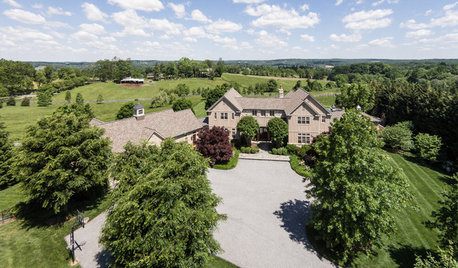
HOME TECHThe Inevitable Future of Drones Around Your Home
As Google joins the push for airborne deliveries, it seems only a matter of time before neighborhoods are buzzing with drones. Is that OK?
Full Story
FARM YOUR YARDIf You Have Room for Only One Fruit Tree ...
Juice up a small garden with one of these easier-care or worth-the-effort fruit trees for a mild climate
Full Story
LANDSCAPE DESIGNPretty Trees for Patios, Paths and Other Tight Spots
Choose trees for their size, shape and rate of growth — or shape them to fit your space. Here's how to get started
Full Story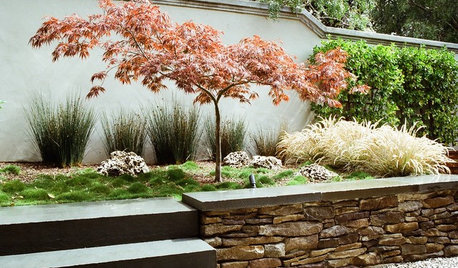
GARDENING AND LANDSCAPINGGreat Design Tree: Japanese Maple
Lacy form and fiery fall color make Japanese maple a welcome tree for garden or patio
Full Story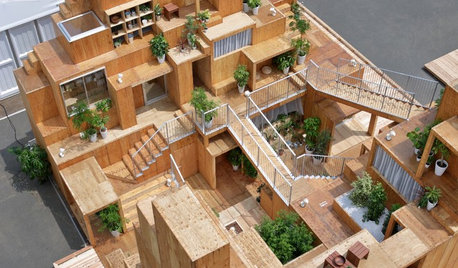
ARCHITECTUREWorld of Design: A Tokyo Exhibit Experiments With the Future of ‘Home’
Japan’s architects and housing industry explore new ideas for dwellings that respond to changes in society, tech and the natural world
Full Story
ARCHITECTUREWhat the Future Holds for 3D Printing in Architecture and Design
Designers worldwide are creating 3D-printed buildings, furnishings and materials. Will we be seeing this trend in our homes?
Full Story
GARDENING FOR BUTTERFLIESBe a Butterfly Savior — Garden for the Monarchs
Keep hope, beauty and kindness alive in the landscape by providing a refuge for these threatened enchanters
Full Story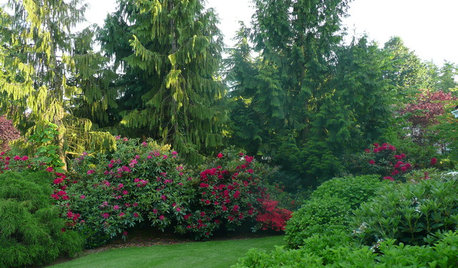
GARDENING GUIDESGreat Design Plant: Chamaecyparis Nootkatensis
Alaska cedar brings an element of sculpture to the garden
Full Story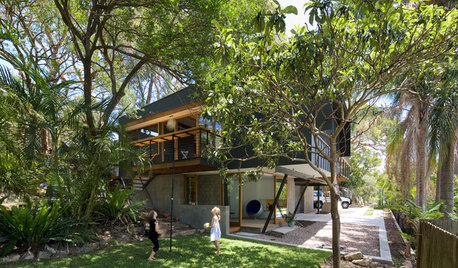
HOUZZ TOURSHouzz Tour: Modern Treetop Living in Sydney
Encouraging connections and calm, this Australian family home among the trees is all about subtlety
Full Story
MOST POPULARWhat to Do After a Hurricane or Flood
How you treat your home after a natural disaster can make all the difference in its future livability — and your own personal safety
Full StorySponsored
Industry Leading Interior Designers & Decorators in Franklin County
More Discussions






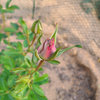
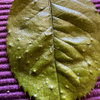
v8vega
fabaceae_native
Related Professionals
Lake Oswego Landscape Architects & Landscape Designers · Arlington Landscape Contractors · Burlington Landscape Contractors · Middletown Landscape Contractors · Ashburn Landscape Contractors · Concord Landscape Contractors · Estelle Landscape Contractors · Pompano Beach Landscape Contractors · West Haverstraw Landscape Contractors · Reisterstown Landscape Contractors · Cedar Park Carpenters · Dallas Carpenters · Fair Oaks Carpenters · Franconia Carpenters · Westmont Carpentersjaspermplants
richsdOriginal Author
aztreelvr
v8vega
richsdOriginal Author
fanocle